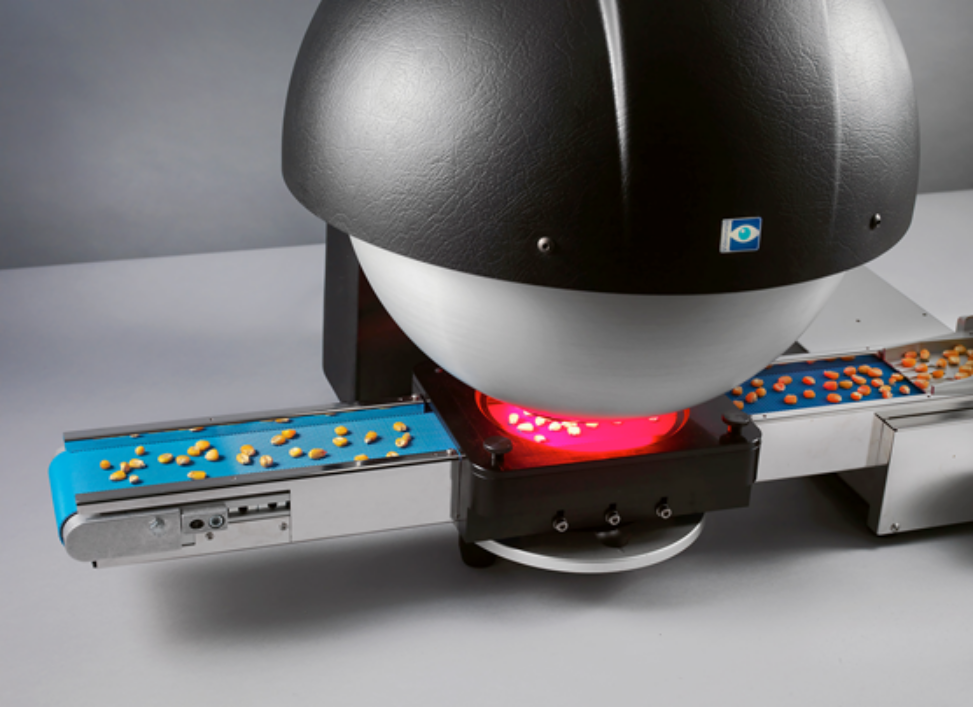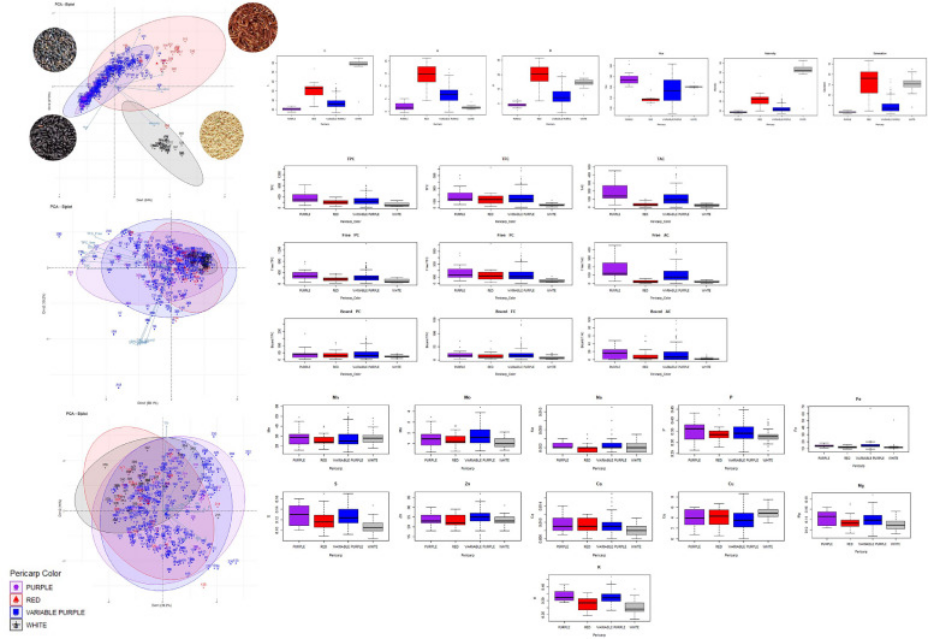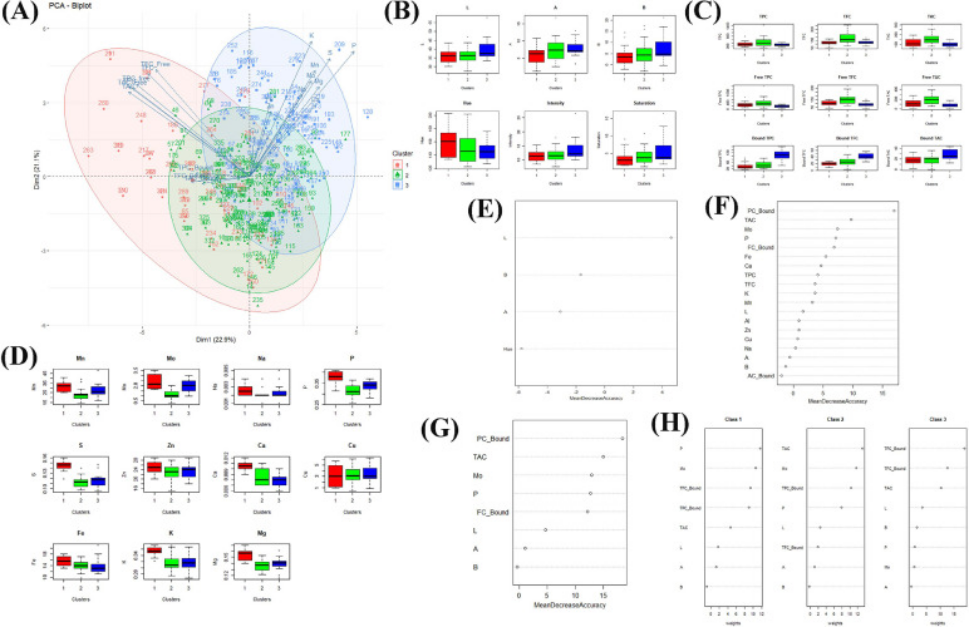品质至上,客户至上,您的满意就是我们的目标
当前位置: 首页 > 新闻动态
科学家利用VideometerLab多光谱成像系统数学模型预测水稻酚类和矿物质含量
发表时间: 点击:455
来源:北京博普特科技有限公司
分享:
科学家利用VideometerLab多光谱成像系统发表了题为“Mathematical modeling to predict rice's phenolic and mineral content through multispectral imaging”的文章,文章发表于Food Chemistry Advances。

亮点
解开色稻的遗传多样性秘密以获得多种营养特性
通过多光谱指纹数据有效预测生物活性物质
预测多种营养性状的随机森林和人工神经网络模型
将黑米的营养价值与持续的人类健康联系起来
摘要
世界上有一半以上的人口依赖大米获取能量,但作为一种碳水化合物作物,大米的营养价值有限。为了实现亚洲的营养安全目标,我们必须了解具有治疗特性的多种营养特性的遗传变异,并将这些知识应用于未来的水稻育种。利用高通量VideometerLAB光谱成像数据,可使用偏最小二乘(PLS)回归模型的高预测能力来估计总花青素含量,特别在估计结合花青素的含量方面是有效的。利用酚类化合物和矿物质的多方面的营养特性以及videometerLAB特征,开发了将一系列黑米品种分类为三种不同营养质量的理想类型的模型。黑米多样性图板的这些衍生模型是利用videometerLAB数据(L、A、B参数)、选定的酚类(总酚类、总花青素和结合类黄酮)和矿物质(钼和磷)创建的。随机森林和人工神经网络模型分别以85.35%和99.9%的准确率描述了黑米的多种营养特征。这些预测算法将有助于水稻育种家根据简单、高通量的VideometerLAB数据和少量的营养分析,战略性地培育营养价值高的基因型。
关键词:色稻,偏最小二乘回归,随机森林模型,人工神经网络
Mathematical modeling to predict rice's phenolic and mineral content through multispectral imaging
HIGHLIGHTS
Unraveling the genetic diversity of pigmented rice for multi-nutritional propertie
Efficient prediction of bioactives through multi-spectral fingerprinting data
Random forest and artificial neural network models to predict multi-nutritional traits
Linking black rice nutritional value for sustained human health
Abstract
Over half the world population relies on rice for energy, but being a carbohydrate-based crop, it offers limited nutritional benefits. To achieve nutritional security targets in Asia, we must understand the genetic variation in multi-nutritional properties with therapeutic properties and deploy this knowledge to future rice breeding. High throughput, VideometerLAB spectral imaging data has been effective in estimating total anthocyanin content, particularly bound anthocyanin content, using the high prediction power of partial least square (PLS) regression models. Multi-pronged nutritional properties of phenolic compounds and minerals, together with videometerLAB features, were utilized to develop models to classify a collection of black rice varieties into three distinct nutritional quality ideotypes. These derived models for black rice diversity panels were created utilizing videometerLAB data (L, A, B parameters), selected phenolic types (total phenolics, total anthocyanins, and bound flavonoids), and minerals (Molybdenum and Phosphorous). Random forest and artificial neural network models depicted the multi-nutritional features of black rice with 85.35 and 99.9% accuracy, respectively. These prediction algorithms would help rice breeders strategically breed nutritionally valuable genotypes based on simple, high-through-put videometerLAB readings and a small number of nutritional assays.
Keywords Pigmented Rice Partial Least Square Regression Random Forest Model Artificial Neural Network

